Have you ever applied a centuries-old wisdom to everyday circumstances? Were you ever inspired by a genius of a historical figure? And finally, did you catch yourself lately contemplating on Artificial Intelligence (AI) and its potential to “ruin” our creativity and curiosity, ability to learn, to write or critically think?
Moshe ben Maimon, known as Maimonides (a Greek translation of “Moses, son of Maimon),” or by the acronym RamBaM which is its Hebrew equivalent, was born in 1138, in Córdoba, Spain. He was a rabbi, philosopher, legal codifier, physician, political adviser and local legal authority. His writings in a variety of fields, from halakha, theology, and medicine to philosophy, made him one of the most prolific and influential Jewish scholars of all time.
Ibn Abi Usaybi’ah (1203-1270) writes:
Galen’s medicine is for the body only, but Maimonides‘s medicine is for mind and body.
If he were to treat Time … he would cure it of ignorance with knowledge.
Today, I invite you to The Golden Path: Maimonides Across Eight Centuries, an exhibition that celebrates this medieval erudite. Curated by my dear colleague Dr. David Sclar, and shared here with his permission, the exhibition showcases Maimonides’ impact on the medieval Mediterranean and Islamic cultures, up to the present day. It consist of richly illuminated manuscripts, rare books, geniza fragments and handwritten notes from private and public collections around the world.
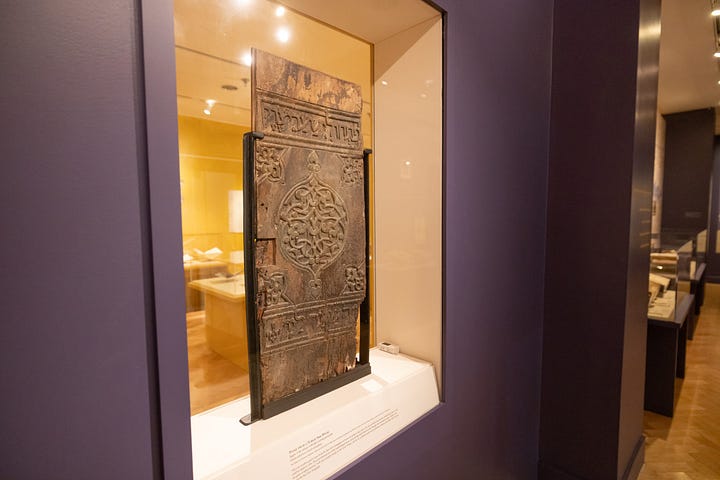
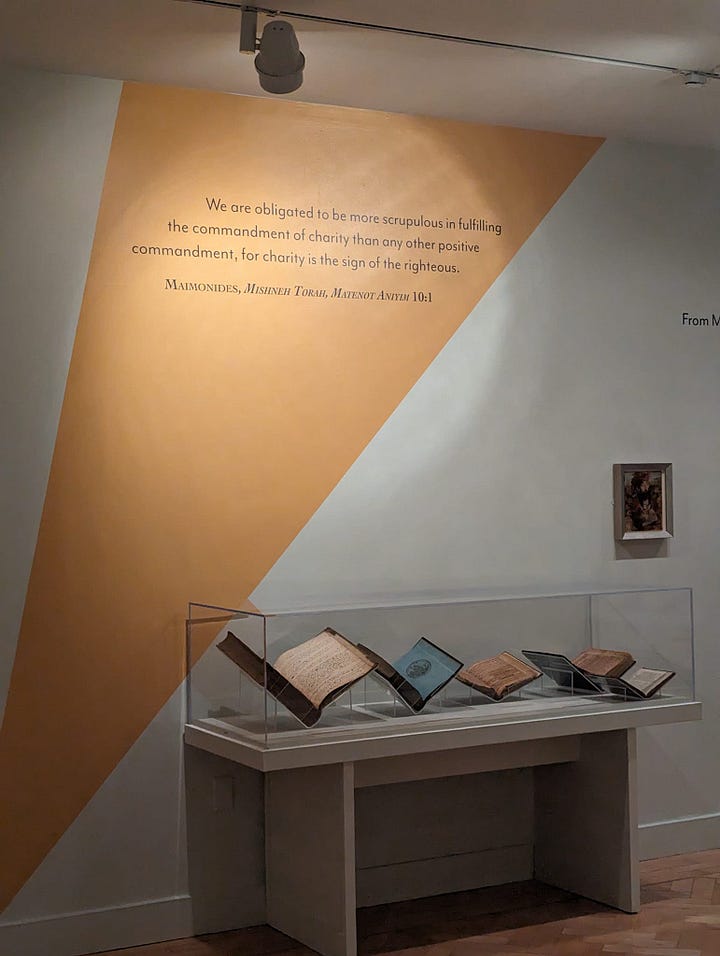
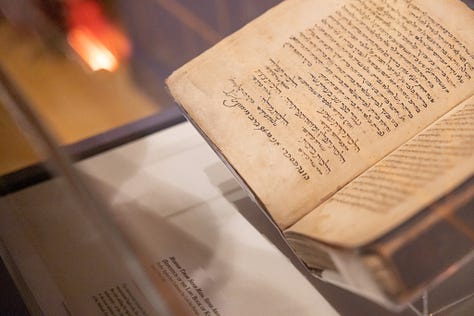
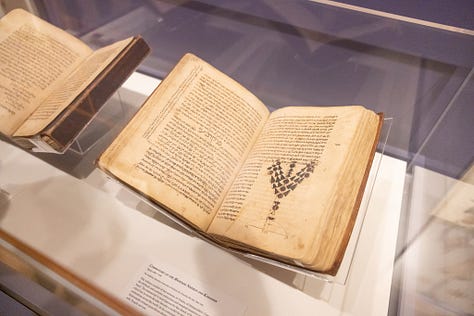
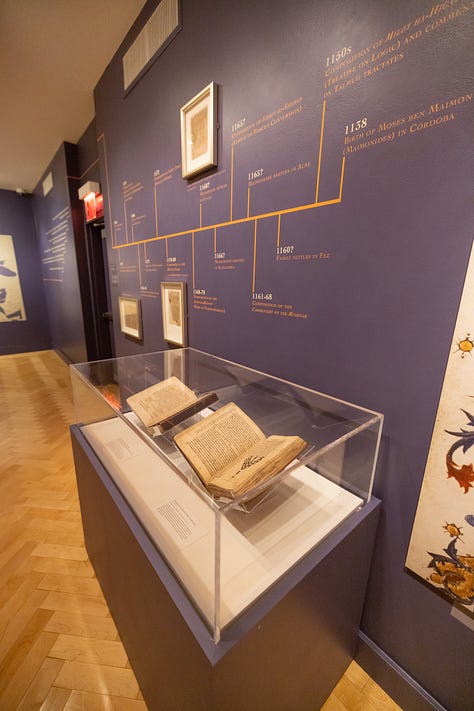
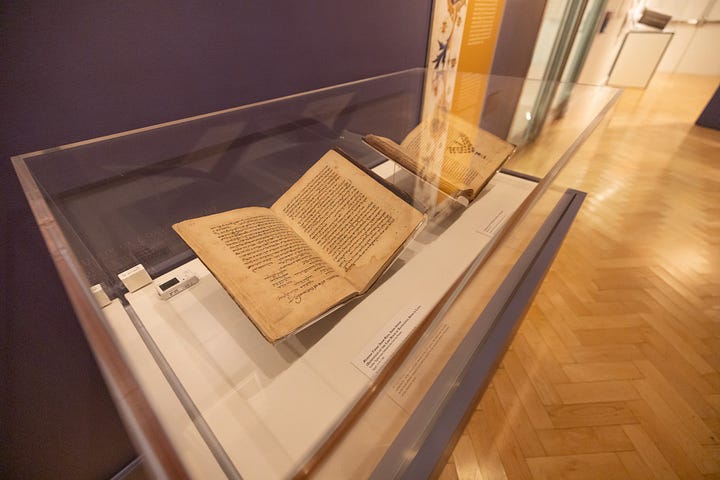
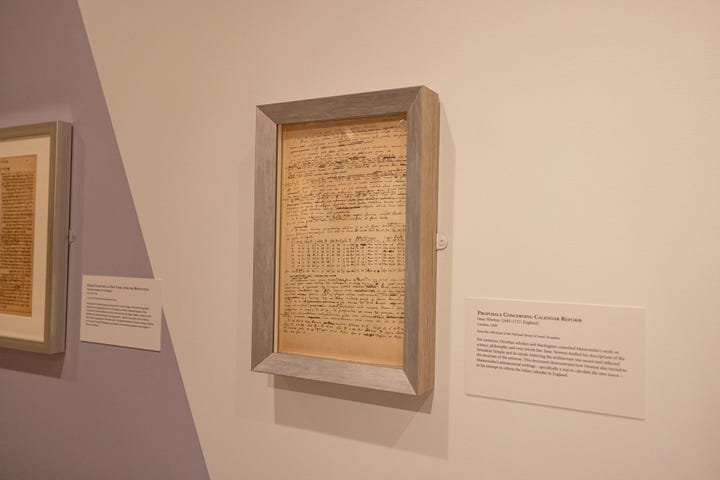
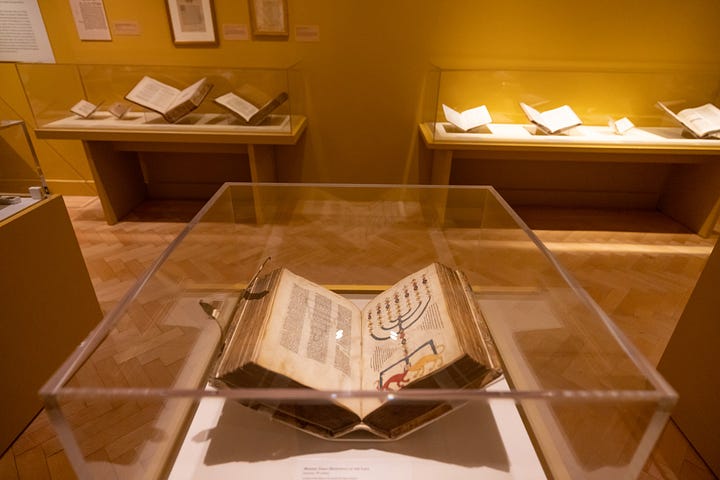

Exhibition highlights:
(When available, a link to the digitised copy is provided; simply click to the book title in bold. Enjoy!):
Image 2: Panel from a Torah ark door, Egypt, 11th century, with later carving and paint (The Walters Art Museum, Baltimore and Yeshiva University Museum)
Image 6: Mishneh Torah (Repetition of the Law), Lisbon, 1471-72, Scribe: Shelomoh ibn Alzuḳ (London, The British Library)
Image 7: Mishneh Torah (Repetition of the Law) with Maimonides’s signature, Egypt, 1170-80 (The Bodleian Libraries, University of Oxford)
Image 8: Commentary on the Mishna, by Moses Maimonides; Egypt, after 1168 (The Bodleian Libraries, University of Oxford)
Image 10: Mishneh Torah (Repetition of the Law) with Maimonides’s signature, Egypt, 1170-80 (The Bodleian Libraries, University of Oxford)
Image 11: Notes from Isaac Newton (Jerusalem, National Library of Israel)
Image 12: Mishneh Torah (Repetition of the Law)
Image 13: Guide for the Perplexed, Barcelona, 1347 or 1348 (Copenhagen, The Royal Danish Library)
I was pleasantly surprised to discover that, without any intention, I selected 13 photographs for this post. This would be irrelevant in any other context, but here it alines with the “Thirteen Fundamental Principles” of the Jewish faith compiled by Maimonides in his commentary to the Mishna.
I was working on this commentary under the most arduous conditions….as we were driven from place to place…while traveling by land or crossing the stormy sea. Maimonides, Commentary on the Mishnah (after 1168)
Numerous studies, scholarly essays, university publications and newsletter articles offer an insight into the life and legacy of Moshe ben Maimon. And yet, nothing seems enough to fully illuminate him.
A refugee who survived the loss of beloved one, hardship, financial struggles and unstable political circumstances became our inspiration, teacher, guide and guardian.
I did not offer you any definite conclusions here, but I do hope I sparked interest about this fascinating intellectual, and encouraged you to explore, navigate and conclude on your own.
Additional materials:
David Sclar (ed.), The Golden Path: Maimonides Across Eight Centuries
Joanne Palmer, Rambam’s world









This looks amazing! Where is this exhibition? In New York? Is it permanent or just for a limited time?